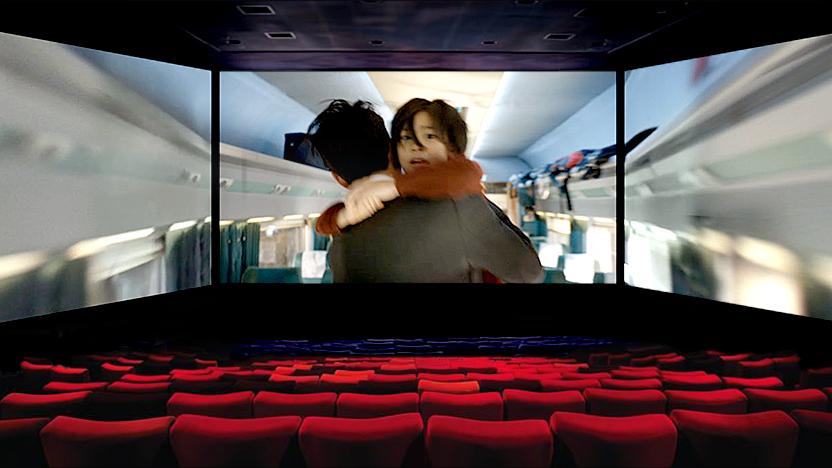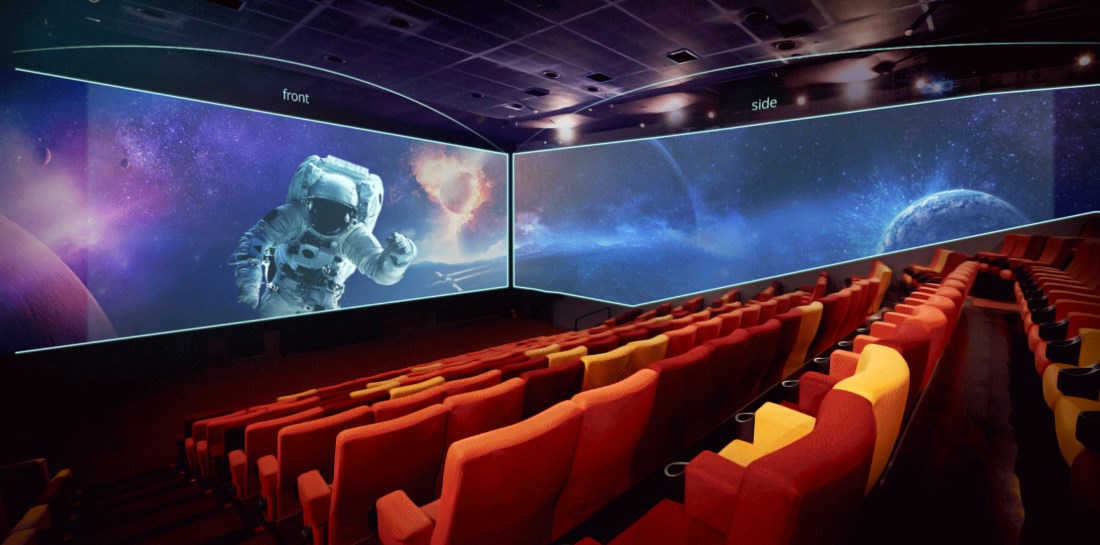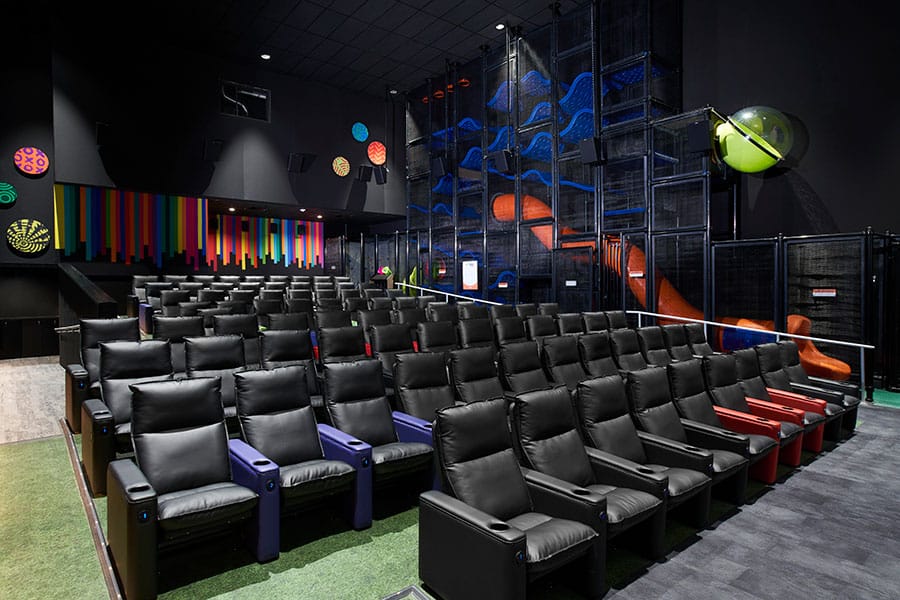


#SCREENX SEATING MOVIE#
It would be easier to feel immersed in the movie if there were peripheral visuals throughout the film, or if the transitions in and out of the ScreenX scenes were less jarring.Īs the popularity of the format grows, the ScreenX team is optimistic that Hollywood will find ways to make the most of it. At times, the digital effects felt like a test case. Whenever a ScreenX scene began or ended, the change pulled me out of the action. It was created in 2012 by the Korean company CJ CGV, and Dead Men Tell No Tales is the first Disney movie to be converted into the new format. It was hard not to appreciate the panoramic view in an underwater scene that gave the zombie pirates’ undead sharks a wider swimming area. I’d estimate that only 10 to 15 percent of Dead Men Tell No Tales included the extended visuals, but when the ScreenX technology was used, it was a lot of fun. The extra-wide ocean looked great-and then it was gone. Of course, theater walls also have things like doors with lighted “exit” signs, so they aren’t a perfect viewing surface. The main screen was the same size, but the visuals extended down the walls and into the audience’s peripheral vision. An ocean scene filled the main screen and flowed onto the side walls thanks to a set of projectors near the ceiling. When I returned to my seat in the theater, I got my first peek at ScreenX. For most of the movie only the center screen is used. That trailer is a bit misleading, because it makes it look like the entire movie has received the ScreenX treatment, and that isn’t the case. To get a sense of how it works, watch the ScreenX version of the Dead Men Tell No Tales trailer. One of the first Hollywood movies to be converted to the new format, Pirates of the Caribbean: Dead Men Tell No Tales, is showing at CGV Cinemas in Koreatown until June 15. Only three theaters in the United States are currently equipped with ScreenX technology-the AMC Town Square 18 in Las Vegas, and the CGV Cinemas in Buena Park and Los Angeles. The multi-projection system can be installed in existing theaters, because it works by extending the movie off of the main screen and onto the theater’s side walls. ScreenX is a new kind of viewing experience that wraps the picture around much of the audience, making the movie-going experience more immersive. So, if you want to go check out the latest theater tech to hit L.A., and you’re like: OK, where is my amazing transcendent futuristic movie experience? It’s there. She assured me that I was in the right theater and said the picture would extend onto the walls, but it doesn’t do that all the time.

(Yes, 270, as in way more than half of 360.) When the movie started, and nothing seemed special, l left to ask a cashier at the concession stand about the ScreenX technology. I was there to see a movie in the new ScreenX format, but the theater had a normal-sized screen. I couldn’t imagine how it would provide the promised 270-degree viewing area. Western Ave.), I was sure I was in the wrong place. When I sat down at the CGV Cinemas in Koreatown (621 S.


 0 kommentar(er)
0 kommentar(er)
